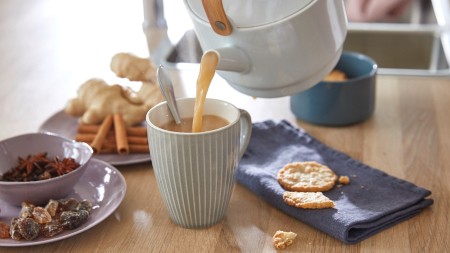Which sink material is best and right for you?
It would be great if there were a single answer to that question. However, experience has shown that all three sink materials are proven to be effective, with strengths in different areas. When you think of the plethora of kitchen designs, then style clearly comes into it. Silgranit and ceramic will often chime better with country house-style kitchens than stainless steel sinks. Yet determining which sink is the right one for your kitchen isn’t solely a matter of taste.
If you want to buy the best sink for your home, you have to ask a few more questions. Key things to consider are how you’re going to use the sink bowl, the hardness of the water with which the sink will come into contact, and how easy-care you want your sink to be.







